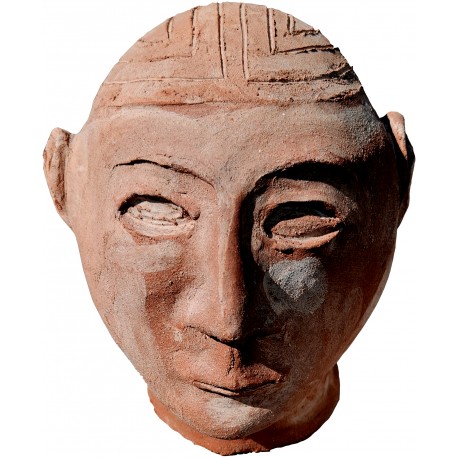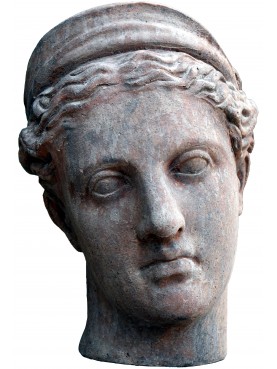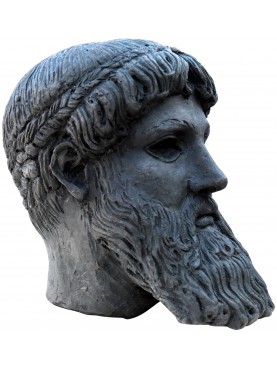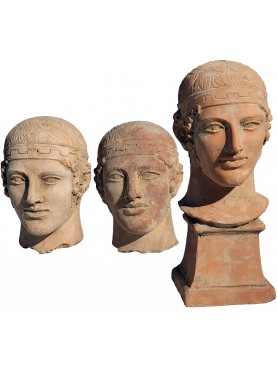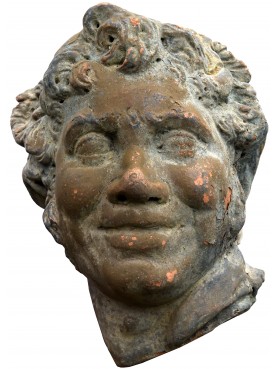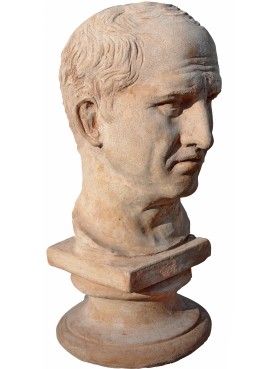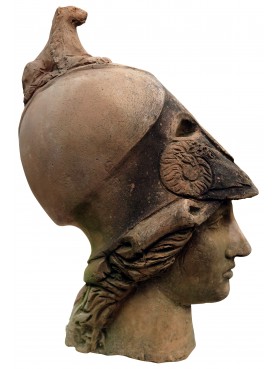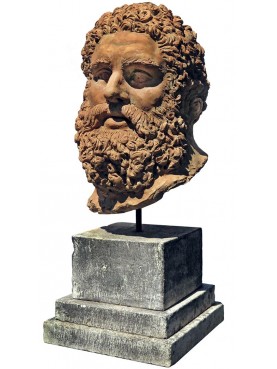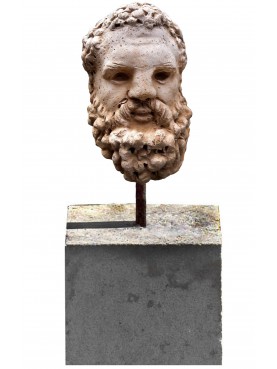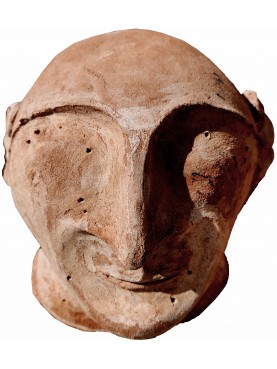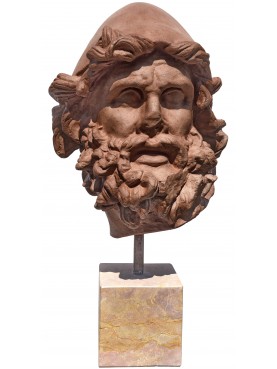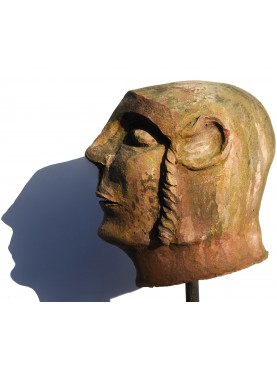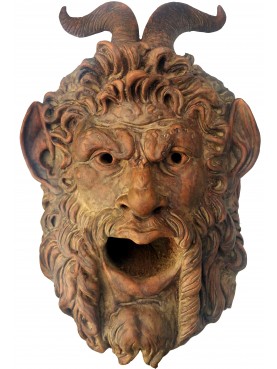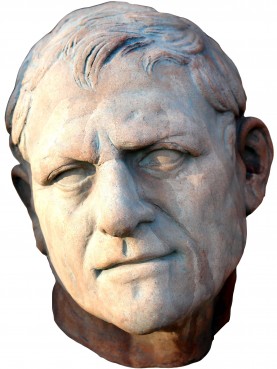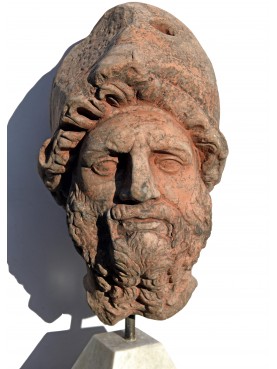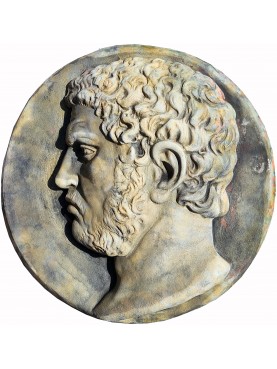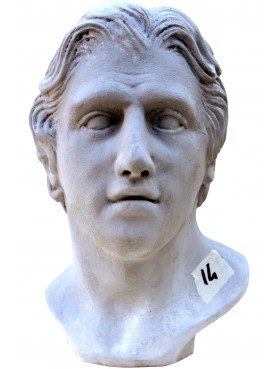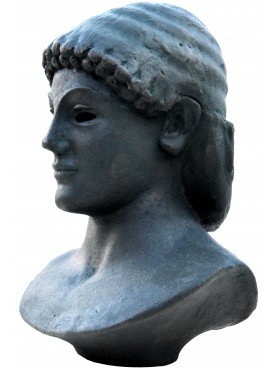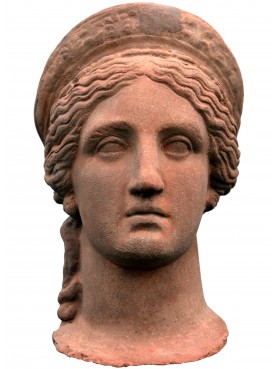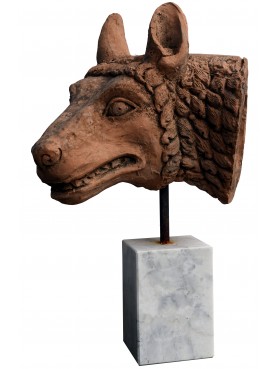Etruscan canopy our terracotta reproduction Mannheim Museum
Etruscan canopy our terracotta reproduction Mannheim Museum
New
1 Available
Data sheet
| Height | 9.06 in | 23 cm |
| Width | 7.87 in | 20 cm |
| Depth | 7.48 in | 19 cm |
| Weight | 33.07 lbs | 15 Kg |
| Height including base | 14.17 in | 36 cm |
| Square base | 6.30 in X 6.30 in | 16 X 16 cm |
| Manufacturing | Made in Italy (Tuscany) | |
| Material | Terracotta, iron and marble | |
| Museum where the Original is exhibited | Mannheim Reiss-Engelhorn Musei | |
| Note 01 | Hand made |
More info
Canopus - Cinerary vase, typical of the Etruscan Chiusi, with the pot-bellied body and the neck or lid shaped like a human head. This reminded the living of the physiognomy of their deceased loved ones who lived a second life in the hereafter. The canopic jars have such exact features and expressive power that they can rightly be considered as the first examples of the art of portraiture on Italian soil. The prototype of the canopic jars has been sought in the civilization of the terramaricoli and Phrygian or Phoenician-Cypriot influences have been recognized in it: in truth, the custom of decorating the body of some vases with human features dates back to very remote antiquity, since specimens of this kind they were found in the pre-cenean strata of Troy. However, they are completely different from the Etruscan canopy. The canopy was born as a native art product of the Chiusi area and has its own evolution. In the seventh century we find urns with very long necks, but aniconic; one of these, coming from Poggio alla Sala, appears placed on a throne; it therefore symbolically represents the deceased. Also in the same century, the cinerary began to be identified by applying bronze or terracotta masks to the neck of the vase. From the type thus obtained it is a short step to the canopic itself. The first half of the century VI is the period of greatest flowering of the canopic jars. Every care is taken in portraying the features of the deceased, and often to indicate the human body two bumps are applied to the surface of the vase indicating the breasts and two arms on the sides. A specimen from Dolciano is the best representative of the bronze canopic. The head, made of clay, is carefully worked, with the mop reaching the hip; the throne on which he is placed is decorated with the usual motifs of orientalizing art, that is, with winged animals. Simpler, but no less accurate, is a terracotta canopic from Chiusi and now in the Civic Museum of Bologna.

